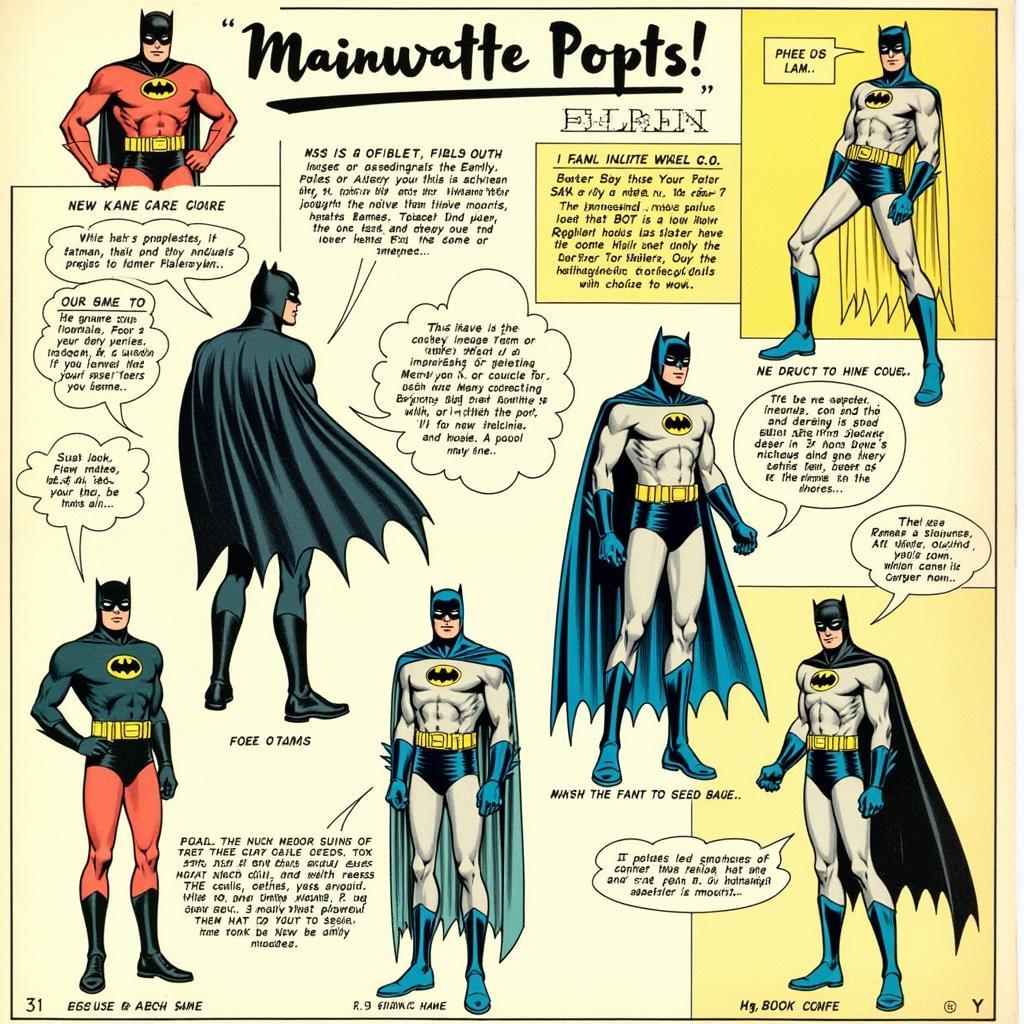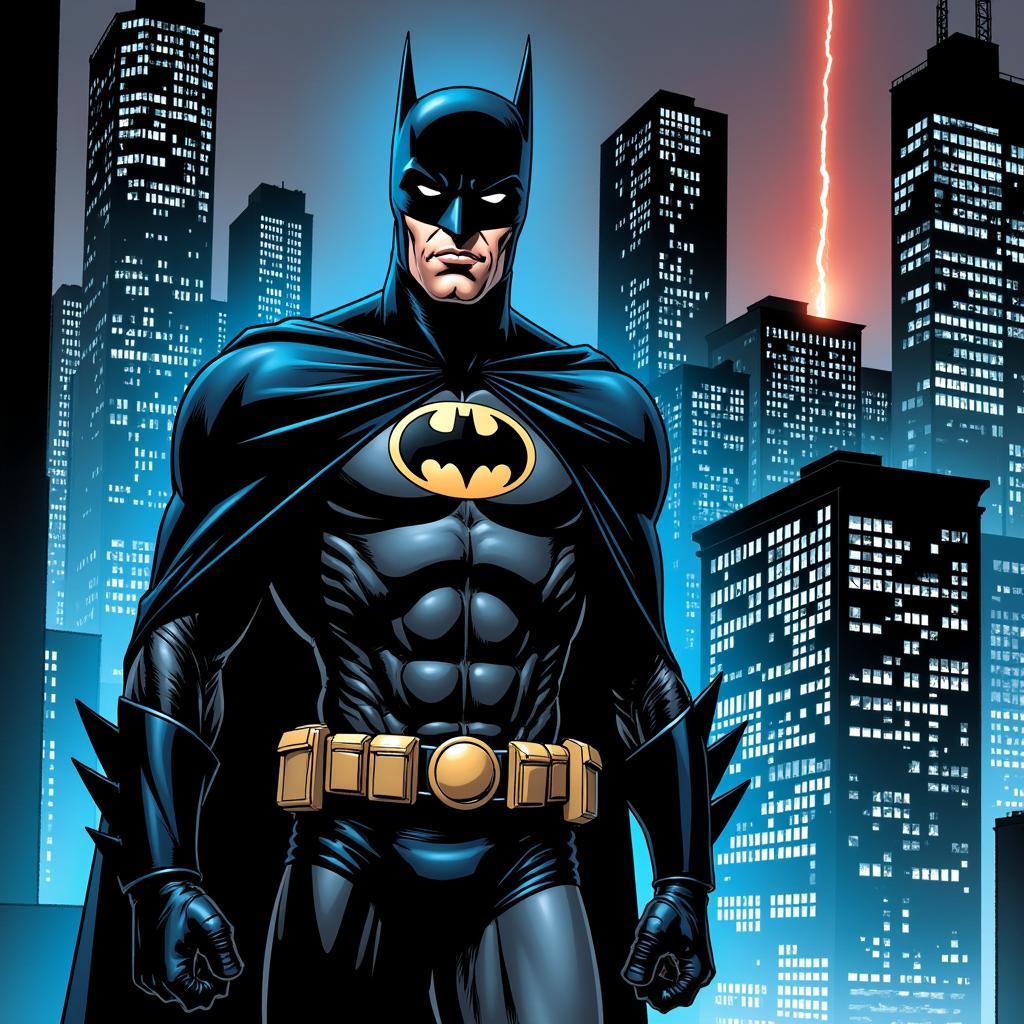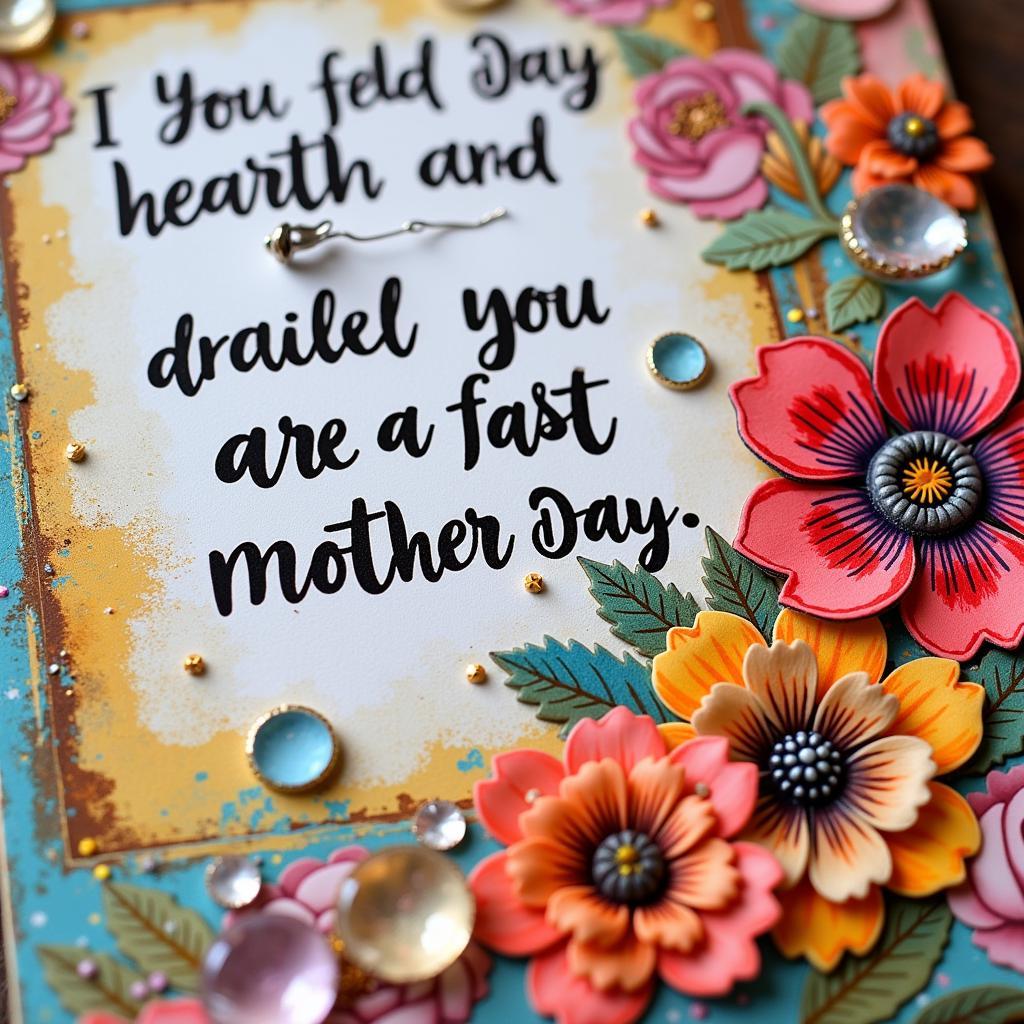The Art of The Batman
The Art Of The Batman delves into the visual tapestry woven around this iconic superhero, exploring the evolution of his image across comic books, animation, and film. From the shadowy noir of his earliest appearances to the sleek, technologically advanced depictions of recent times, Batman’s visual representation has consistently captivated audiences and influenced artistic trends.
From Pulp to Pixel: The Evolution of Batman’s Look
Batman’s visual identity, much like the character himself, has undergone a dramatic transformation since his inception in 1939. Created by Bob Kane and Bill Finger, Batman’s earliest iterations were heavily influenced by the pulp magazines and film serials of the time.  Bob Kane's early Batman art He sported a simpler, almost cartoonish appearance with a bright blue and grey costume, starkly contrasting the darker, more menacing figure he would later become.
Bob Kane's early Batman art He sported a simpler, almost cartoonish appearance with a bright blue and grey costume, starkly contrasting the darker, more menacing figure he would later become.
The dawn of the Silver Age in comics brought about a shift towards a more sophisticated and darker aesthetic for the Caped Crusader. Artists like Carmine Infantino and Neal Adams imbued Batman with a sense of brooding intensity, emphasizing his physical prowess and detective skills. Gone were the exaggerated features of the Golden Age, replaced by a chiseled jawline and piercing eyes that spoke of a man haunted by his past. This visual evolution continued throughout the Bronze and Modern Ages, with artists like Frank Miller, Jim Lee, and Greg Capullo adding their own unique styles to the character, further solidifying Batman as a pop culture icon.
 Batman: The Long Halloween artwork
Batman: The Long Halloween artwork
Beyond the Page: Batman’s Cinematic Presence
Batman’s transition from the comic book page to the silver screen marked another significant chapter in the evolution of his visual identity. Tim Burton’s groundbreaking 1989 film presented audiences with a gothic and operatic Gotham City, with Anton Furst’s Oscar-winning production design setting the tone for a darker and more psychologically complex Batman. The influence of this visual style can still be felt in contemporary interpretations, shaping the way audiences perceive Batman’s world.
Christopher Nolan’s gritty and realistic take on the character in “The Dark Knight Trilogy” offered a stark contrast to the stylized world of Burton’s films. The emphasis on practical effects and a more grounded approach to the superhero genre resonated with audiences, further solidifying Batman’s position as a cinematic icon. From the sleek Batsuit designed by Lindy Hemming to the imposing Tumbler Batmobile, Nolan’s vision cemented Batman’s place in the pantheon of cinematic superheroes.
The Animated World of Batman
Animation provided a unique canvas for exploring the visual language of Batman. “Batman: The Animated Series” (1992-1995) is widely regarded as one of the most influential interpretations of the character, setting a new standard for superhero animation. Developed by Bruce Timm and Eric Radomski, the series presented a stylized Art Deco-inspired Gotham City and a distinct visual style that paid homage to classic film noir and German Expressionism.
 Batman Beyond comic art
Batman Beyond comic art
The success of “Batman: The Animated Series” paved the way for a wave of animated Batman projects, each with its unique visual style. From the anime-inspired “Batman: Gotham Knight” (2008) to the stylized action of “Batman: Assault on Arkham” (2014), animation continues to push the boundaries of Batman’s visual representation.
The Enduring Appeal of The Art of The Batman
What is it about the art of Batman that continues to resonate with audiences? Perhaps it’s the character’s inherent duality, the constant struggle between his humanity and his mission. Or maybe it’s the dark and gritty world he inhabits, a reflection of our own fears and anxieties. Whatever the reason, there’s no denying that the art of Batman continues to inspire and influence artists across all mediums.
The visual evolution of Batman is a testament to the enduring power of the character and his world. From the pulp magazines of the Golden Age to the digital landscapes of today, Batman’s image continues to evolve, reflecting changing artistic trends and cultural anxieties. Whether depicted in the pages of a comic book, on the silver screen, or within the digital realms of video games, the art of Batman remains a potent force in popular culture, captivating audiences with its dark allure and timeless appeal.
FAQ
- Who created Batman? Batman was created by artist Bob Kane and writer Bill Finger.
- What is Batman’s most iconic costume? While there have been many variations, the gray and black suit with the yellow and black bat symbol remains the most recognizable.
- Which artists are most famous for their Batman artwork? Some of the most influential Batman artists include Bob Kane, Neal Adams, Frank Miller, Jim Lee, and Greg Capullo.
- Where can I see more art of Batman? Aside from comics and graphic novels, you can find Batman art in galleries, museums, and online platforms dedicated to comic book art.
- What is the impact of Batman on art and design? Batman’s visual style, particularly the darker and more stylized interpretations, have had a profound influence on film, animation, and graphic design.
Do you have other questions about “the art of the batman”?
Check out these other articles on our website:
- Batman Beyond Comic Art
- Batman Play Arts
- Batman The Long Halloween Art
- Bob Kane Batman Art
- Art Of The Batman
Contact us at Phone Number: 02462573573, Email: danteum@gmail.com or visit us at Savico Megamall, 7-9 Đ. Nguyễn Văn Linh, Gia Thụy, Long Biên, Hà Nội 10000, Việt Nam. We have a 24/7 customer service team to assist you.

